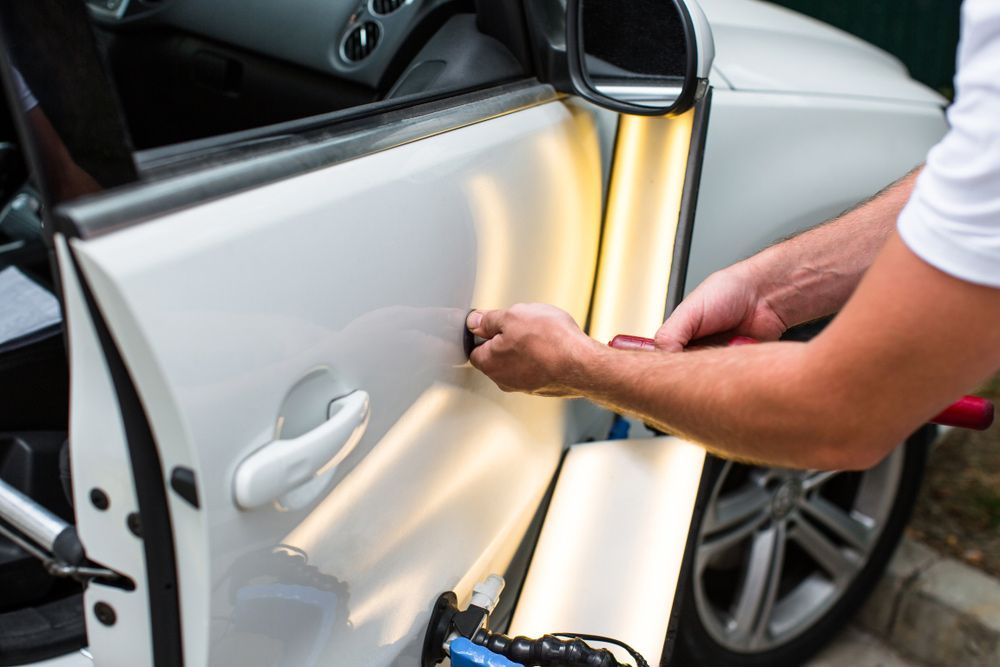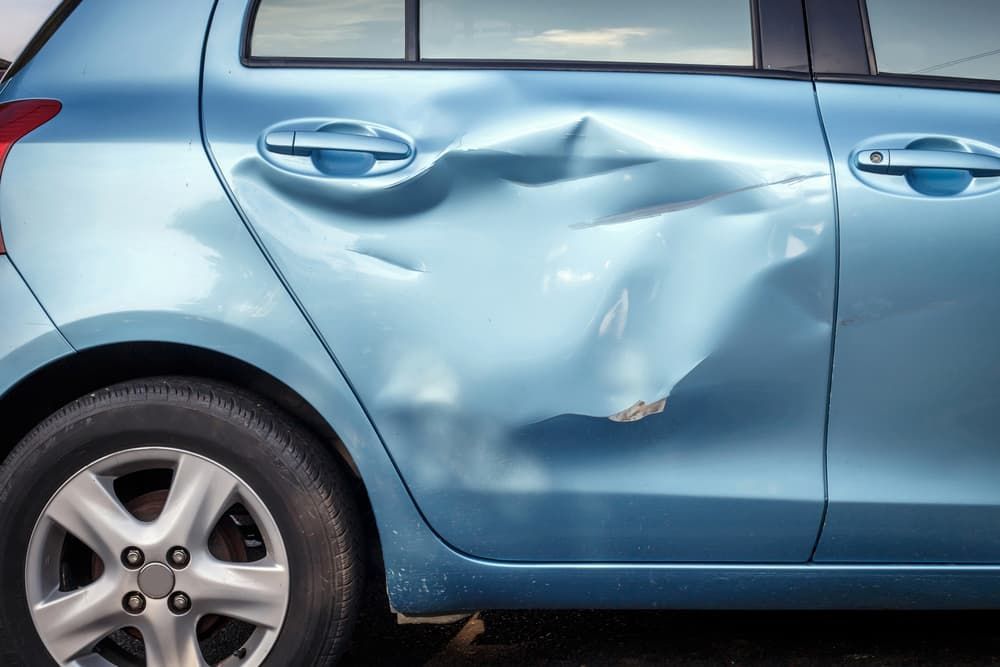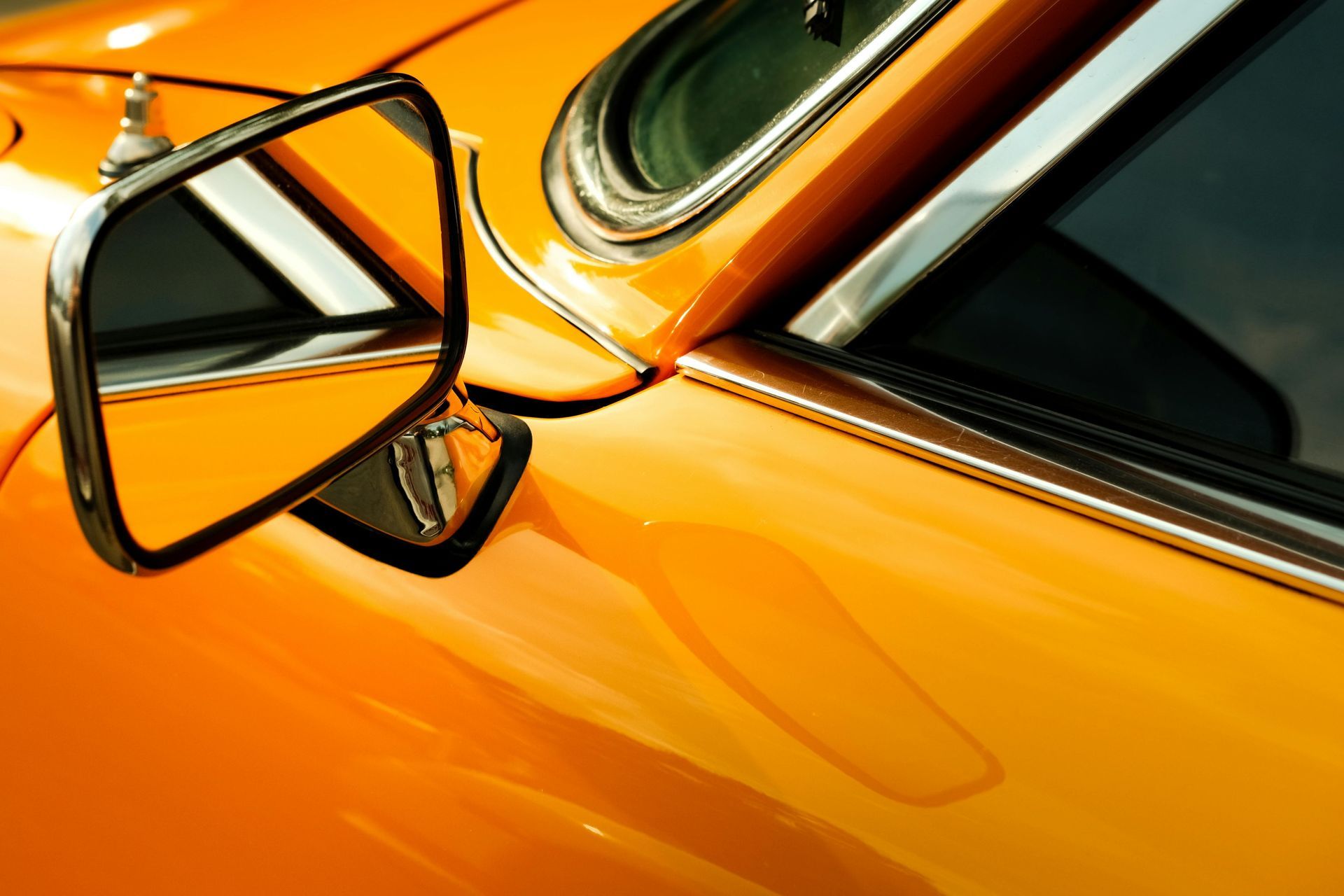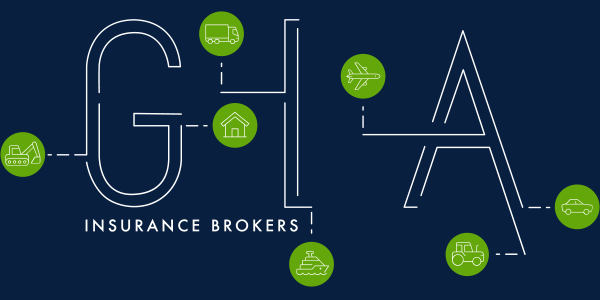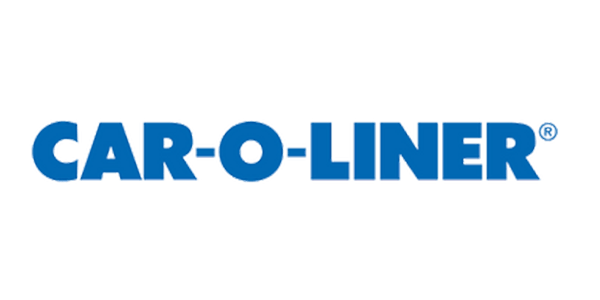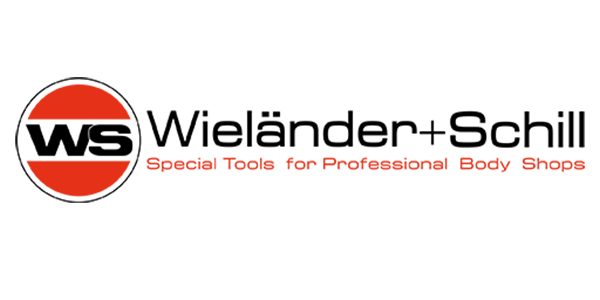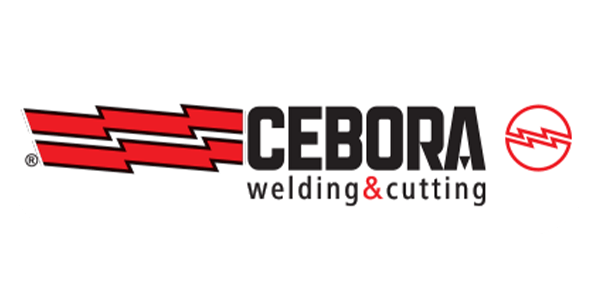Paintless Dent Removal or Traditional Panel Beating: Which Is Right for You?
Not all vehicle dents are created equal, and neither are the repair methods. If you’ve recently experienced a minor collision, hail damage, or a carpark mishap, you’re likely weighing up two main options: paintless dent removal (PDR) or traditional panel beating.
For vehicle owners on the Sunshine Coast, understanding the difference between these two repair techniques can help you make an informed decision that balances cost, time, and the condition of your vehicle.
In this blog, we’ll compare
paintless dent removal and traditional panel beating, outlining when each method is appropriate, their pros and cons, and why getting a professional assessment from a panel beater on the Sunshine Coast is key.
What Is Paintless Dent Removal?
Paintless dent removal is a non-invasive method used to remove minor dents and dings without affecting the existing paintwork. This technique involves using specialised tools to gently massage the dent from the inside of the panel, restoring the surface to its original shape.
Ideal for:
- Small to medium-sized dents.
- Damage with no paint cracking or chipping.
- Hail damage or trolley bumps.
- Dents on flat or slightly curved panels.
PDR relies on the flexibility of the metal and the integrity of the paint finish. It’s a preferred option when the paint remains intact and the dent is shallow.
What Is Traditional Panel Beating?
Traditional panel beating involves reshaping and, in some cases, replacing damaged panels using tools like hammers, dollies, welders, and sanders. The area is then primed, repainted, and blended to match the rest of the car’s finish.
Ideal for:
- Severe dents or creases.
- Damage involving paint breakage or rust.
- Accident or collision damage.
- Damaged panels with stretched or torn metal.
This method offers a comprehensive solution for more serious body damage and is suitable when structural integrity is compromised.
Key Differences Between PDR & Traditional Panel Beating
Understanding the strengths and limitations of both methods helps in choosing the right solution for your vehicle.
Extent of Damage
- PDR is most suitable for superficial dents where the paint is undamaged.
- Traditional panel beating is necessary when the dent is deep, the paint is chipped, or the metal is distorted beyond its original form.
Paint Condition
- PDR preserves the original paint, which is ideal for maintaining the car’s resale value.
- Panel beating involves sanding and repainting, which may slightly vary in finish, even with blending techniques.
Repair Time
- PDR is generally quicker and often completed within a few hours.
- Traditional repairs can take days, especially if the panel needs replacement or multiple coats of paint.
Cost Implications
- PDR is often more cost-effective due to fewer materials and labour hours.
- Panel beating tends to be pricier due to paint, parts, and additional work.
Environmental Impact
- PDR is considered more eco-friendly as it avoids the use of paint, fillers, and sanding dust.
- Panel beating involves chemical-based paints and materials, which require controlled disposal.
When to Choose Paintless Dent Removal
PDR may be the best choice if:
- The dent is the size of a 20-cent coin or smaller.
- The paint surface is fully intact.
- You need a quick turnaround for resale or insurance inspection.
- The panel isn’t stretched or located on an edge.
It’s also ideal for maintaining a vehicle’s factory paint finish, which can be important for preserving resale value and manufacturer warranties.
When to Opt for Traditional Panel Beating
Traditional panel beating is the right choice when:
- There’s visible paint damage or rust.
- The dent is deep, creased, or located on a corner or edge.
- The area is difficult to access from behind.
- Structural components or safety features are affected.
Panel beating is comprehensive and allows for repairs that go beyond surface-level fixes, restoring the strength and appearance of the vehicle.
The Role of Insurance & Assessment
If your damage is covered by insurance, the repair method may depend on the insurer’s policy and the extent of the damage. In some cases, insurers may prefer PDR for minor dents due to cost efficiency.
However, a professional assessment from a qualified panel beater on the Sunshine Coast is crucial. A visual inspection allows the repairer to assess the depth of the dent, paint condition, and underlying panel damage, ensuring you get the most appropriate and long-lasting repair solution.
Factors That Influence the Best Repair Choice
Several elements play a role in determining which repair method is right for your vehicle:
Dent Location
Edges, creases, and corners are difficult to repair with PDR. These often require panel beating due to limited tool access or metal stiffness.
Panel Material
Aluminium panels are more flexible than steel but also more difficult to reshape. Some high-end vehicles may need specialist attention regardless of the method.
Vehicle Age
For older cars, colour-matching during repainting may be challenging. In these cases, preserving original paint via PDR may be preferable, if the damage allows.
Time Sensitivity
If you need a fast repair for a trade-in, show, or personal use, PDR might be a better option for minor dings.
Why Professional Repair Matters
Choosing the right repair method isn’t just about convenience—it’s about preserving your car’s value, safety, and appearance. DIY dent removal kits or cutting corners can result in poor outcomes, including:
- Uneven panel surfaces.
- Paint cracking or mismatching.
- Structural integrity issues.
- Increased repair costs down the track.
A trusted panel beater on the Sunshine Coast can evaluate the damage with expert knowledge, giving you peace of mind that the chosen method is safe, cost-conscious, and suited to your vehicle.
Restore Your Vehicle’s Look with Quality Panel Repairs
Both paintless dent removal and traditional panel beating have their place in vehicle repair. While PDR offers a quick and cost-effective solution for minor dents with no paint damage, traditional panel beating remains the go-to for more serious or complex damage. The right choice depends on the location, depth, and nature of the damage.
At Coastal Collision Repairs, we provide professional assessments and tailored solutions for all dent repair needs. Whether your vehicle has suffered hail damage, minor dings, or significant impact, our skilled team will help determine the best repair method, ensuring quality results and long-term peace of mind.

